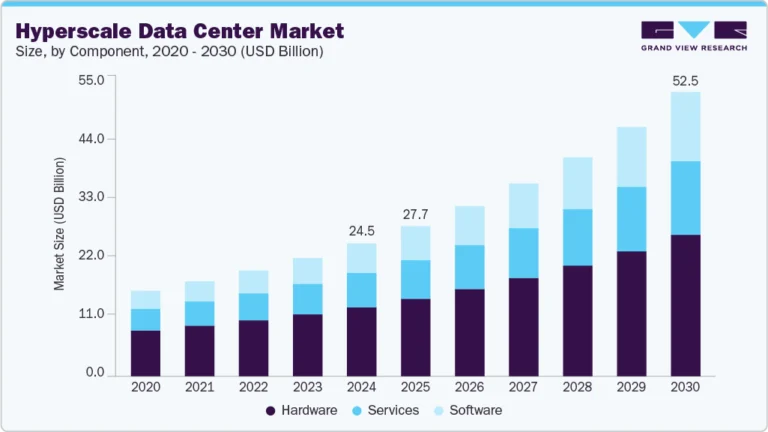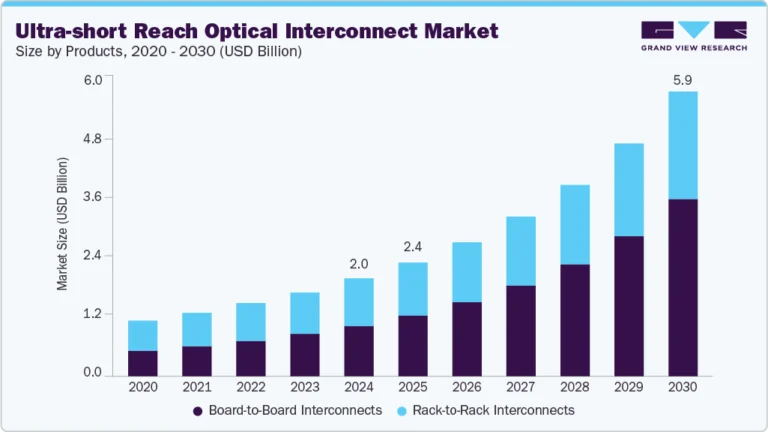Maritime Satellite Communication Market Size, Share & Trends Analysis growing at a CAGR of 11.1% from 2025 to 2033

The global maritime satellite communication market size was estimated at USD 4.33 billion in 2024, and is projected to reach USD 11.03 billion by 2033, growing at a CAGR of 11.1% from 2025 to 2033. The rising need for reliable and cost-effective communication services at sea is driving growth.
Key Market Trends & Insights
- Asia Pacific maritime satellite communication market accounted for a 34.6% share of the overall market in 2024.
- The maritime satellite communication industry in the China held a dominant position in 2024.
- By type, the very small aperture terminal segment accounted for the largest share of 65.9% in 2024.
- By revenue source, the hardware segment held the largest market share in 2024.
- By end use, the commercial vessels segment dominated the market in 2024.
Market Size & Forecast
- 2024 Market Size: USD 4.33 Billion
- 2033 Projected Market Size: USD 11.03 Billion
- CAGR (2025-2033): 11.1%
- Asia Pacific: Largest market in 2024
Request a free sample copy or view report summary: https://www.grandviewresearch.com/industry-analysis/maritime-satellite-communication-market/request/rs1
Maritime telecommunication equipment has become the standard for short as well as long-term voyaging. Reliable communication has become an indispensable part of maritime transport, whether it’s recreational boats, mega yachts, commercial fishing, or other naval transport. Cellular services are only available within the offshore areas and have a limited range wherein they function properly. A satellite network is used as a solution to mitigate communication issues and offer services that have a competitive advantage over land-based communications.
In the past, satellite network was used for communication between ships to shore and with other marine vessels. Now, the role of satellite communication has transformed from voice calls to additional user-oriented data services, such as entertainment, tracking, and monitoring services. These equipment have become ubiquitous owing to its diverse applications, such as DTH broadcasting, disaster management, voice calls, weather forecasting, and navigation, among others.
Receiver, transmitter/transponder, transceiver, antenna, modem/router, and satellite phone are the prominent communication equipment deployed on marine vessels. This equipment also finds application in air and marine navigation and meteorological monitoring. Although marine satellite communications are becoming ever more crucial, the solutions that work on land do not typically operate at sea. Continuous R&D in the field is leading to minimizing the size of antennas and increasing the rate of data transfer to reduce the time lag. This factor is positively influencing the growth of the market.
Marine satellite communication equipment used for naval defense forces helps deal with aerial monitoring, sending and receiving a distress call, and navigational requirements. Moreover, growing investment across various regions to upgrade legacy systems in the naval fleet is likely to propel demand over the forecast period. The defense and security sector has to maintain communications with zero time lag to evade challenges, such as pirate activities, inter-country conflicts, and border infiltrations, among others. Thereby, marine satellite communication is gaining attention among coast guards, naval forces, and other security organizations.
Type Insights
The very small aperture terminal (VSAT) segment accounted for the largest share of 65.9% in 2024. This growth is attributed to the advantages of VSAT over Mobile Satellite Services (MSS), such as reduced time lag, global coverage, and others. A Broadband VSAT network is used for establishing onboard VPN networks that cover fleets and connect ships to shore. This connectivity supports critical business applications, carries VoIP traffic, and increases ships’ access to information. VSAT provides regular access to the Internet for email, file sharing, and instant messaging, among others.
The mobile satellite services (MSS) segment is expected to grow at a significant CAGR during the forecast period. The rising need for constant connectivity across commercial shipping, passenger vessels, offshore platforms, and naval fleets. Maritime operators are increasingly adopting MSS to enable real-time communication for navigation, weather updates, crew welfare, remote diagnostics, and cargo tracking. As maritime routes become more digitally integrated, MSS ensures uninterrupted service where VSAT systems may be impractical due to size, cost, or operational constraints.






